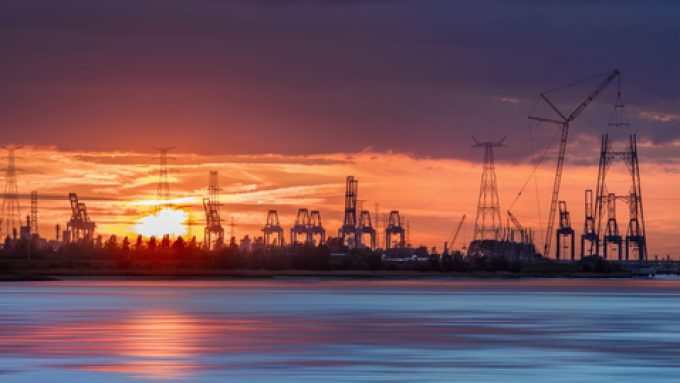Index-linked agreements: 'shippers have to have the stomach for them'
Shippers pondering the pros and cons of index-linked agreements (ILAs) “have to have the stomach ...

New container port capacity will be scarce, on the back of the Covid-19 throughput fallout, according to Drewry.
As terminal operators around the world struggle for volumes amid blanked sailings, the analyst forecasts container port capacity expansion will; contract by at least 40% over the next ...


Comment on this article